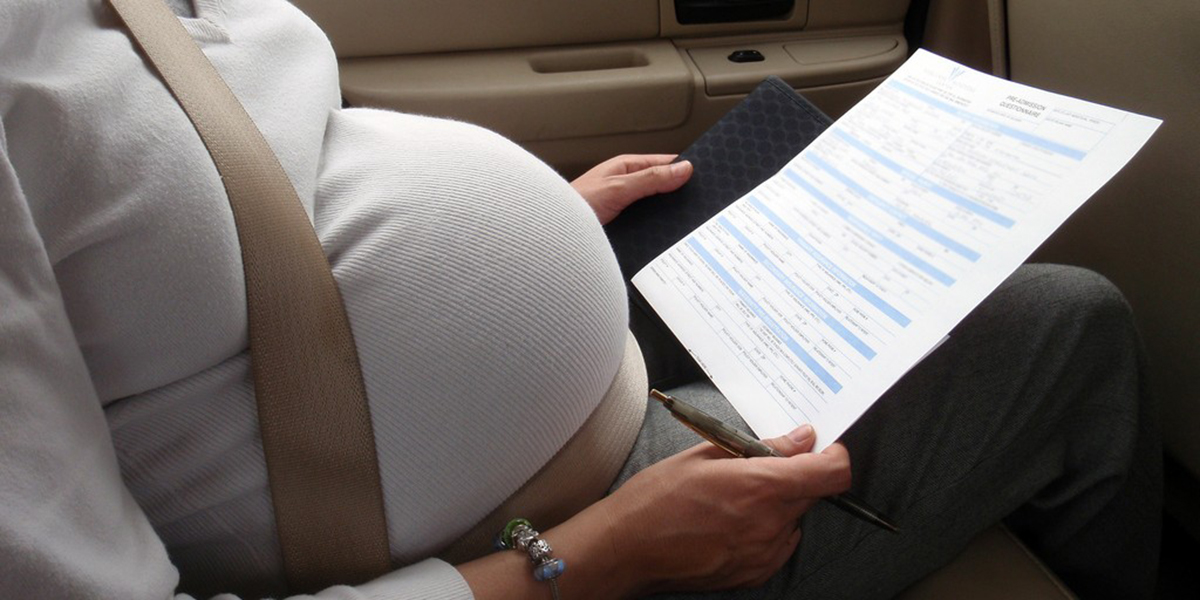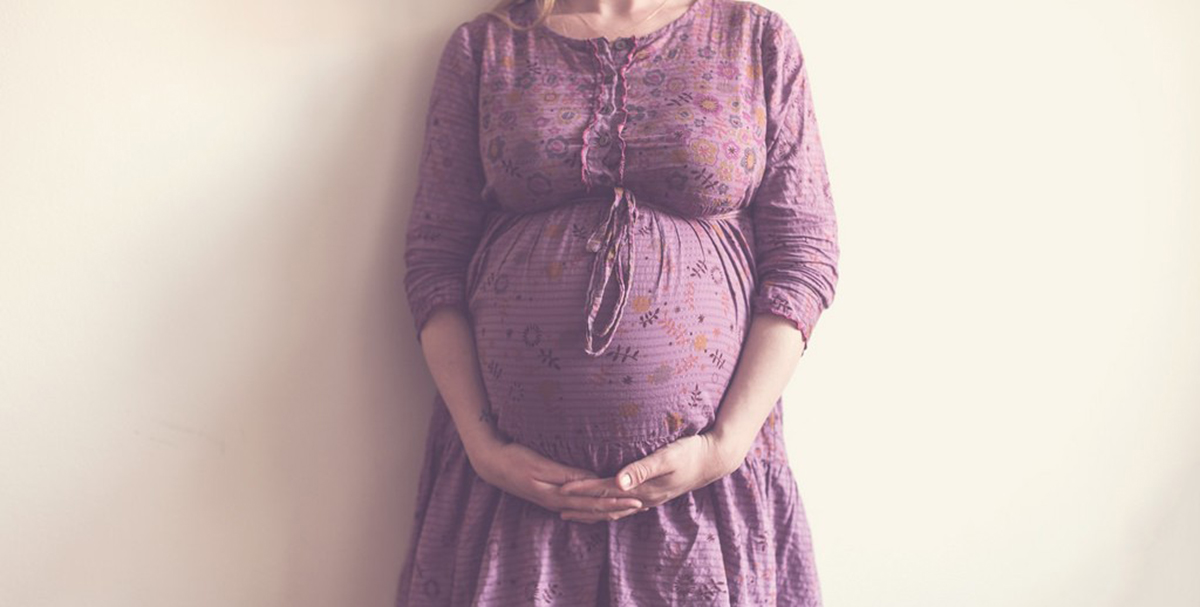Pregnancy is a time of anticipation and excitement for many expectant parents. Although most pregnancies progress normally, complications do occur. It is not a great idea to dwell on things that can go wrong. But being aware of possible complications may allow you to recognize symptoms early and prevent the condition from becoming worse.

Beyond Morning Sickness in Pregnancy
It is common for some women to develop morning sickness during their pregnancy, especially in the first 12 weeks. Morning sickness involves nausea and possibly vomiting. It may be misleading to call it morning sickness when it can occur at any time of the day or night.
Hyperemesis gravidarum is one complication of pregnancy, which you may not have heard about.
It is extreme and sometimes debilitating nausea and vomiting.
The cause of nausea in pregnancy is not completely understood. But it is believed to be due to a sudden increase in the pregnancy hormone human Chorionic gonadotropin, which is released into the bloodstream by the placenta. Why some women experience hyperemesis gravidarum is not known.
Women who experience hyperemesis gravidarum develop severe and persistent vomiting, which can lead to lightheadedness and weight loss. In some cases, dehydration and malnutrition can also develop.
Anti-nausea medication may be prescribed to decrease vomiting. Vitamin B6 is also sometimes recommended. Women are often encouraged to eat small, frequent meals, which may be easier on their stomachs. If dehydration develops, intravenous fluids may need to be administered if a woman cannot keep liquids down.
According to the University of Maryland Medical Center, the most severe nausea usually subsides by the second half of the pregnancy.
Anemia in Pregnancy
Anemia is a condition where there is a lack of healthy red blood cells to carry oxygen throughout the body. If the organs and tissues of the body do not receive sufficient levels of oxygen, their function may be affected.
Anyone can become anemic, but women who are pregnancy have an increased risk of the condition. During the second half of pregnancy, the body increases red blood cell production in order to provide nutrients to the baby. The body needs iron to make red blood cells. If there is not enough iron, fewer red blood cells may be produced.
Anemia in pregnancy can be mild or severe. In some instances, it can lead to prematurity and low birth weight. The most common cause of anemia in pregnancy is insufficient iron intake or a lack of folate, which also helps in red blood cell production.
See Also: Pregnancy: Recognizing The Symptoms Of Common Complications
It is common for women to become tired during pregnancy and shortness of breath can also occur as the uterus grows. It can be difficult to distinguish what is causing certain symptoms. Speaking with your doctor about any symptoms you are experiencing is recommended.
Treatment for anemia often involves taking iron and folate supplements. Eating iron rich foods is also recommended. Foods, such as fish, eggs, lean beef and chicken are high in iron.
Pregnancy Complications Can Be Life Threatening
Some pregnancy complications are unpleasant while others can be potentially life- threatening to both mom and baby. Becoming educated and being aware of possible complications can help you seek treatment at the first sign of a problem.

DVT and Pregnancy
A deep vein thrombosis, also called a DVT, is a blood clot, which develops in one of the deep veins in the body.
A DVT can become life-threatening if the clot travels to vital organs, such as the lungs.
Although anyone can develop a DVT, being pregnant is considered a risk factor for developing a blood clot. You are more likely to develop a blood clot during pregnancy for a few different reasons. Hormones released in the body during pregnancy can make your blood more likely to clot.
Blood flow throughout the body may also be slower during pregnancy. As the uterus grows, it can press on blood vessels, which may slow blood flow. In addition, women who are on bed rest, overweight or smoke are at an even higher risk of developing a blood clot.
Pain in the leg and swelling in one calf, thigh or ankle may also occur. If you develop signs of a DVT, seek medical attention as soon possible. A possible complication of a DVT is a pulmonary embolism, which can be life-threatening. A pulmonary embolism develops when part of the blood clot in the leg breaks off and travels to the lung.
Understating HELLP Syndrome
According to the American Pregnancy Association, when HELLP syndrome develops it is usually towards the later stages of pregnancy and it can have a 25 percent mortality rate. HELLP is considered a complication of preeclampsia, which can cause organ damage and is characterized by high blood pressure.
HELLP syndrome leads to a breakdown of the red blood cells, elevated liver enzymes and low platelet levels. Why some women develop the syndrome is not known, and there is no way to prevent HELLP syndrome from developing. But early and regular prenatal care can help identify symptoms early so treatment can be started.
See Also: Placental Complications During Pregnancy And Birth
Symptoms of HELLP include headache, changes in vision and swelling. Pain in the right upper side of the abdominal area may also develop due to liver distension. Nausea and vomiting along with fluid retention may also develop. High blood pressure and protein in the urine are also clinical signs of the condition.
Women who are suspected of having HELLP syndrome need to seek immediate medical attention. Depending on how far along a women is, treatment will likely include delivery of the baby. If the baby is premature, steroids may be given prior to birth to help the baby’s lungs mature. Some women will also need blood transfusions including platelets and red blood cells.
- umm.edu/health/medical/pregnancy/specialcare-pregnancies/hyperemesis-gravidarum
- www.nhs.uk/Conditions/pregnancy-and-baby/pages/dvt-blood-clot-pregnant.aspx
- www.ucsfhealth.org/education/anemia_and_pregnancy/
- www.preeclampsia.org/health-information/hellp-syndrome
- Photo courtesy of Daniel Lobo by Flickr : www.flickr.com/photos/daquellamanera/4455144272
- Photo courtesy of Anna Maria Liljestrand by Flickr : www.flickr.com/photos/liljestrand/13662322753


Your thoughts on this